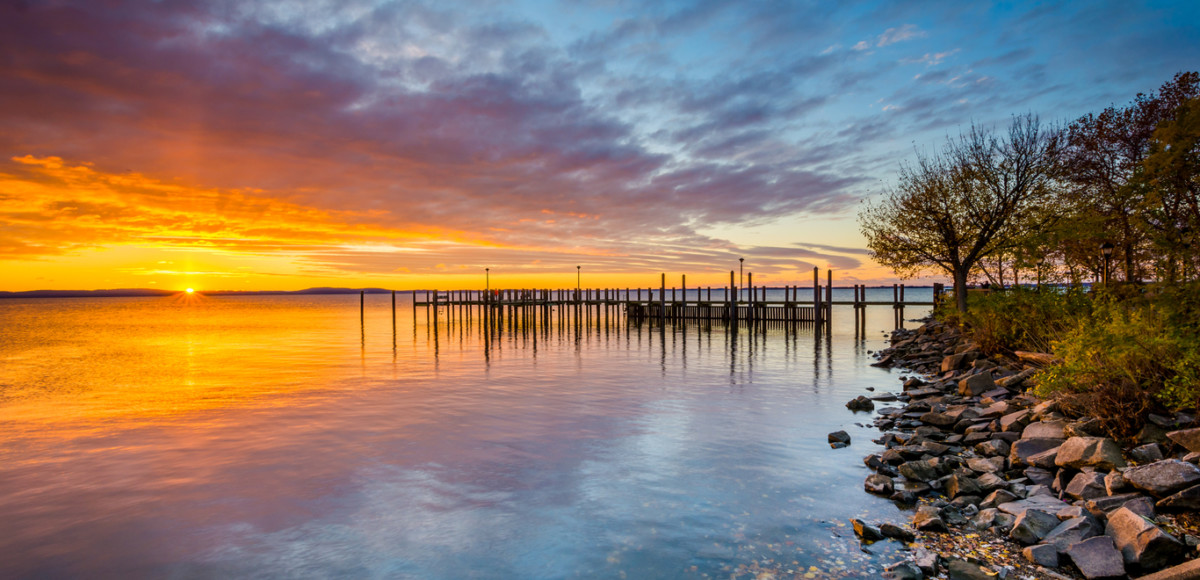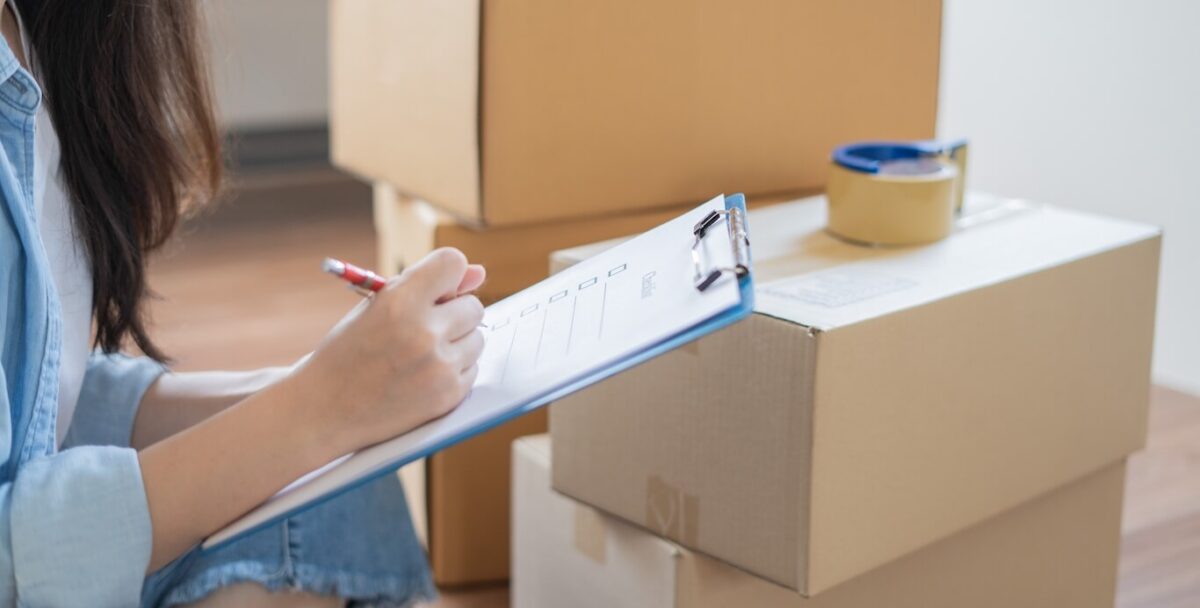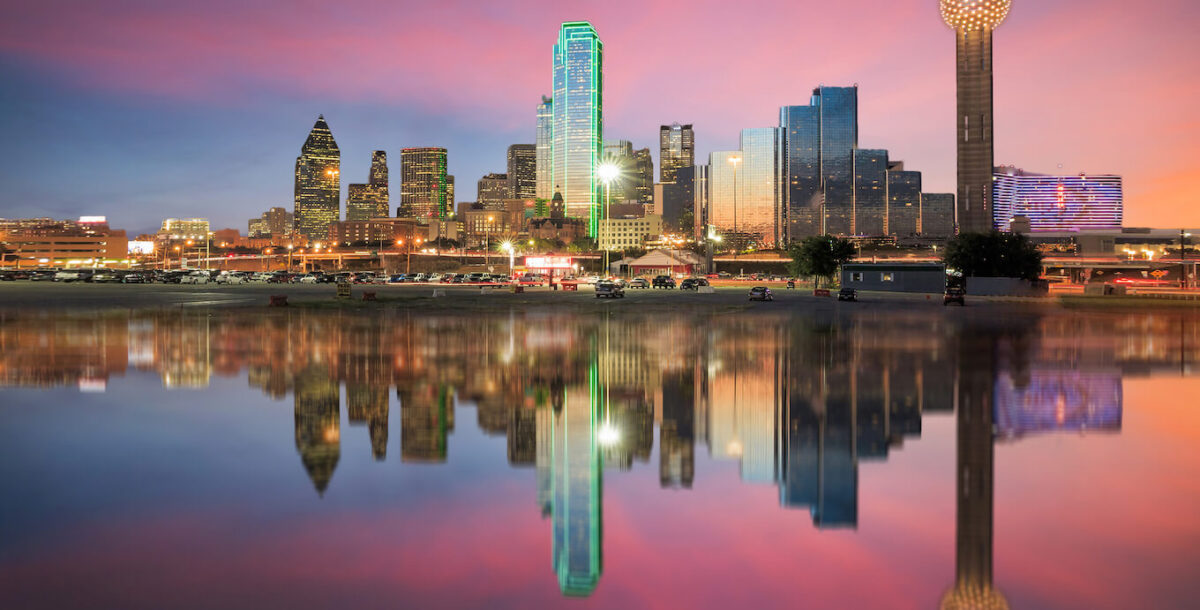Summers along Chesapeake Bay aren’t complete without the “blue crab bounty” that fills the bellies and hearts of locals and tourists in Maryland, Southeast Pennsylvania, and Virginia each year. Anyone who has traveled to the area in the summer months has fond memories of the permeating scent of Old Bay and the special, almost devout connection the locals have to this delicious crab. However, eating blue crabs on Chesapeake Bay is about more than seasoning or even devotion. It’s a must-have experience.

Tips for Cooking the Perfect Blue Crab
There’s certainly no shortage of crab shacks and fine dining establishments serving this sweet meat, but blue crab feasts are very much a backyard event in the Chesapeake Bay area. For the newbie, cooking blue crab may seem intimidating, but the process is simple if you follow a few important tips.
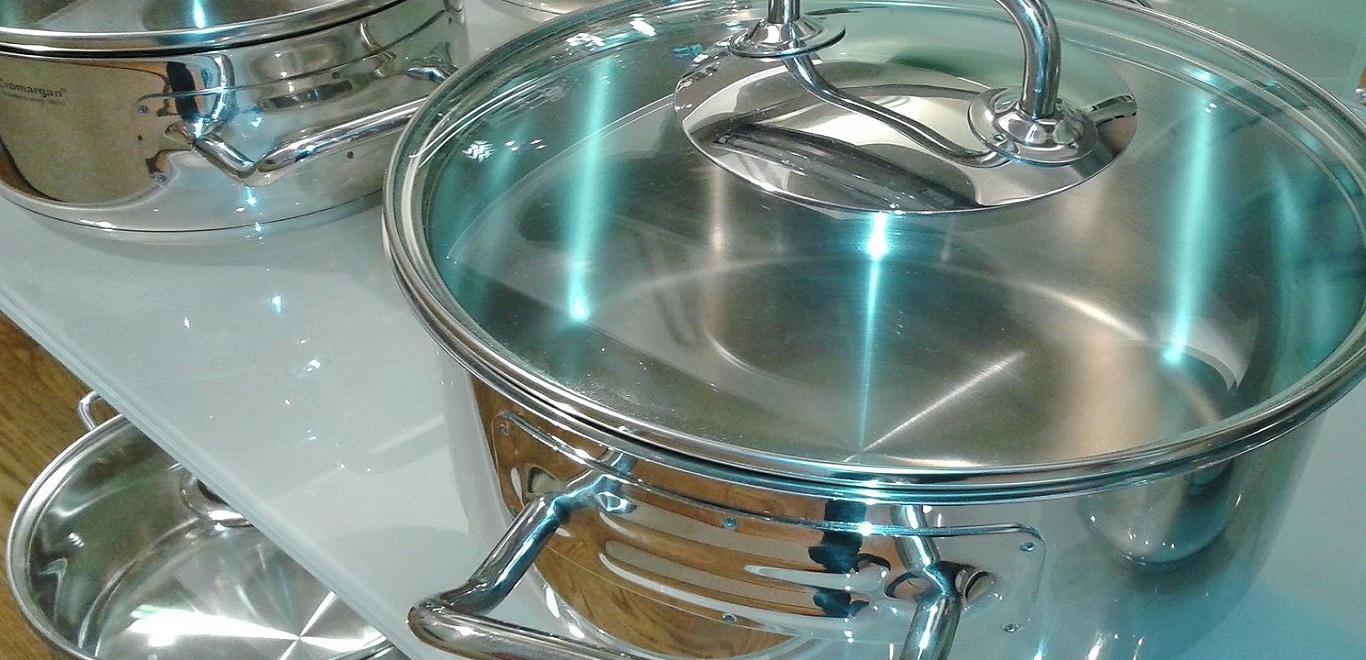
- Get the right equipment. Steaming is the most popular crab cooking method and is best in a large, tall pot with a tight-fitting lid. Make sure the steam basket keeps the crabs out of the water to prevent sogginess.
- Water or beer? Only water is necessary, but the debate on adding beer is intense. As Douglas Hanks III writes for the Washington Post, adding beer to the pot “just looks so cool” to the crowd. Many cooks swear that a combination of beer, water, and vinegar makes the best tasting crab.
- Live crabs taste best. Whether they’re boiled or steamed, the crabs need to be alive when you cook them. Many cooks keep the crabs very cold (and therefore almost comatose) before adding them to the steamer. Others prefer to stick the crabs with an ice pick right before putting them in the pot.
- Seasoning is easy, but when to season is debatable. Whether you prefer Old Bay or J.O. Spice, liberal amounts of premixed seasoning make the Chesapeake blue crab experience unique. However, cooks don’t agree on the need to season before cooking. At the very least, it improves the smell in the kitchen.
Eating Blue Crab Like a Local
Uninitiated eaters are often intimidated by the blue crab. Unlike the giant Alaskan king crab, the blue crab is small and delicate, and eating them takes work and patience. However, the sweet, succulent flavor and the rugged, authentic experience makes it all worth it in the end. The process for enjoying this summer staple is easy when you have the right technique.
- Use napkins. Eating crabs is messy business. Ideally, cover the whole table with newspaper or butcher paper to make clean up easy.
- Start with the legs. Use a gentle twisting motion to snap off the legs and the claws. This frees up the body for maximum meat exposure.
- Flip the crab belly-side up to reveal the apron (a Y-shaped piece on males and a dome on females). Remove this piece, and there is a convenient pocket for your thumb during the next step.
- With your thumb in position, open the crab’s body like a book and reveal the innards. Peel away the inedible organs, the gray bits also known as “old man’s fingers.” You decide what you want to do with the green crab fat. Newbies tend to discard it too, but as Maryland native Dave Chang said when writing for Lucky Peach, you may want to “dunk your face in accordingly.” To many locals, it’s the best part.
- Pull the crab in half again along its lateral lines to find the gold, succulent crab meat. Most diners recommend picking and eating at the same time to really enjoy the experience.
- The piece de resistance is the claw. Many restaurants provide mallets for this step, but using a mallet guarantees bits of shell in the best part of the meat. Instead, detach the claw from the joint and insert your fingers or a thin sharp knife underneath the shell. Create a small cut or break in the top of the shell, and then slowly separate it from the meat with a gentle twisting motion.
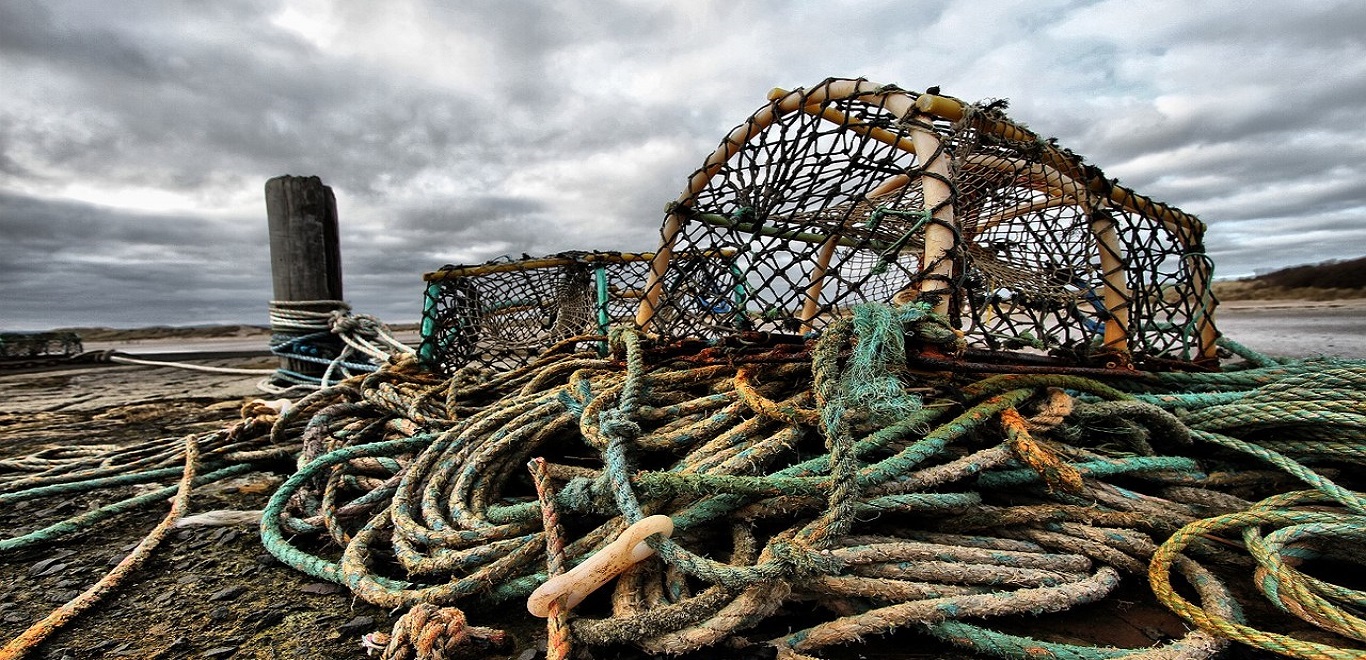
A Tradition with a Timeline?
There’s no denying the importance of blue crab on the plates and in the hearts of Chesapeake Bay natives. In coastal Maryland and Virginia, the blue crab is vital to the economy during the summer months and throughout the year. In fact, one third of the national blue crab harvest, or approximately 55 million pounds, comes from Chesapeake Bay each year. Reports from the National Wildlife Federation (NWF) indicate that the effects of global climate change have been especially harsh on Chesapeake Bay, leading to an uncertain future for this local and national delicacy.
In essence, eating blue crab on Chesapeake Bay is as much about indulgence as it is about stewardship. With each crack and each sweet bite, consider the land and water surrounding you, and remember that this land and its crab-obsessed natives rely on the blue crab for more than simple sustenance. To the locals, it’s an integral part of life on the bay.
If you’re putting down roots in the Chesapeake Bay area, you’re in for a treat as you start to explore the local sights and flavors. Let CORT Furniture Rental and CORT Clearance Centers help with getting your new home in order, so you can spend your free time digging in to all the local delights.



